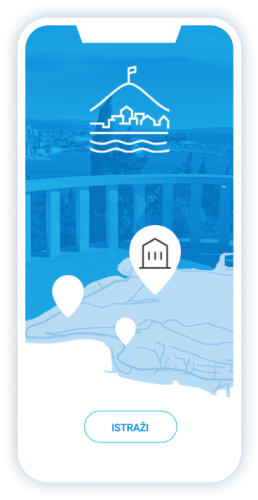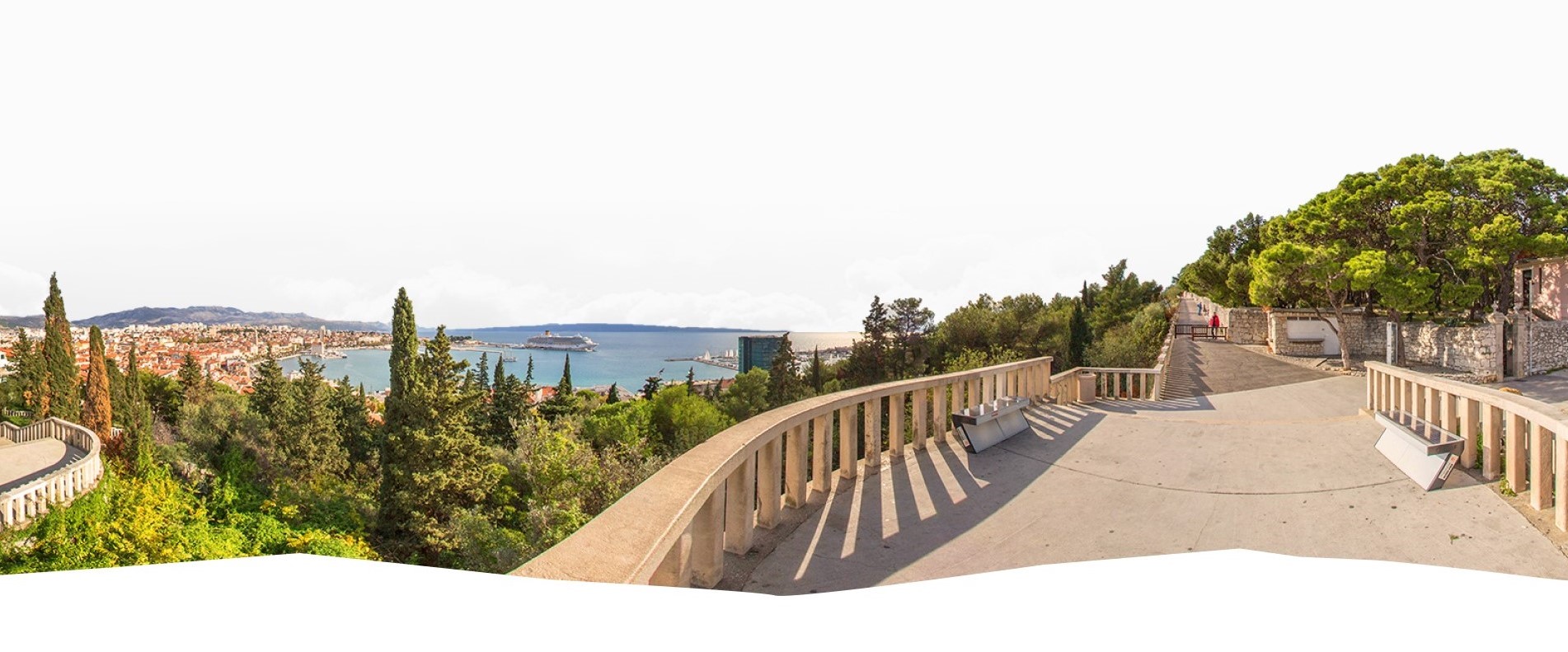Marjan is a hill next to Split with the highest peak Telegrina reaching 178 meters. The protected area of Marjan Forest Park covers 297.11 hectares, according to Bioportal.This popular green oasis is often called “the lungs of Split”. Its unique feature is that it forms an inseparable whole with the city and is very easy to access from the city’s center. "lungs of the city"it is what makes it an inseparable whole with the city, which is extremely easy to access from the very center of the city.
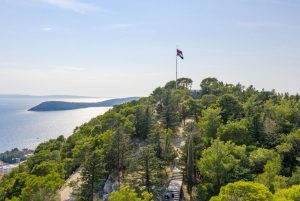
In 1964, under the Nature Protection Act, Marjan was declared a forest park. This specially protected area of nature, valued for its landscape, is intended for rest and recreation. Only interventions aimed at its maintenance or arrangement are permitted.
In 2014, the entire Marjan Peninsula was designated a protected cultural landscape in the category of immovable cultural property. The Cultural and Historical Area of Meje is protected in the same category, together with the Cultural and Historical Area of the Sustjepan Peninsula and the Church of St. Stephen.
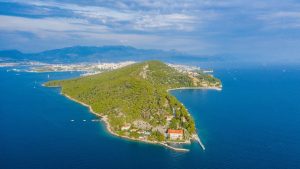

The Marjan Forest Park also includes the Špinut Port, Jadran Swimming Pool and Jadran Port, Zvončac Park and Sustipan Park.
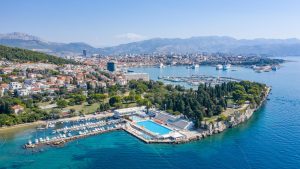

Marjan is known for its two historical cemeteries – the city cemetery Sustipan, which was demolished and relocated, and the Jewish cemetery, which is still there today, and is protected as a cultural monument.
Marjan has several beaches, which are very popular, and numerous recreational and sports facilities. “Šantine stine” are widely known among climbers. Many important cultural institutions have also found home on the Marjan peninsula: Museum of Croatian Archaeological Monuments, Meštrović Gallery, Meštrovićeve Crikvine-Kaštilac, MedILS, Institute of Oceanography and Fisheries, Botanical Garden, Zoo.
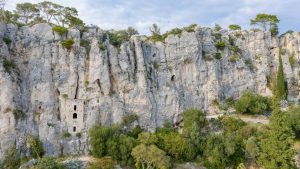

Marjan Forest Park is managed by the Public Institution for Marjan Forest Park Management. Contact information, as well as many interesting facts, can be found on the rest of our website.



